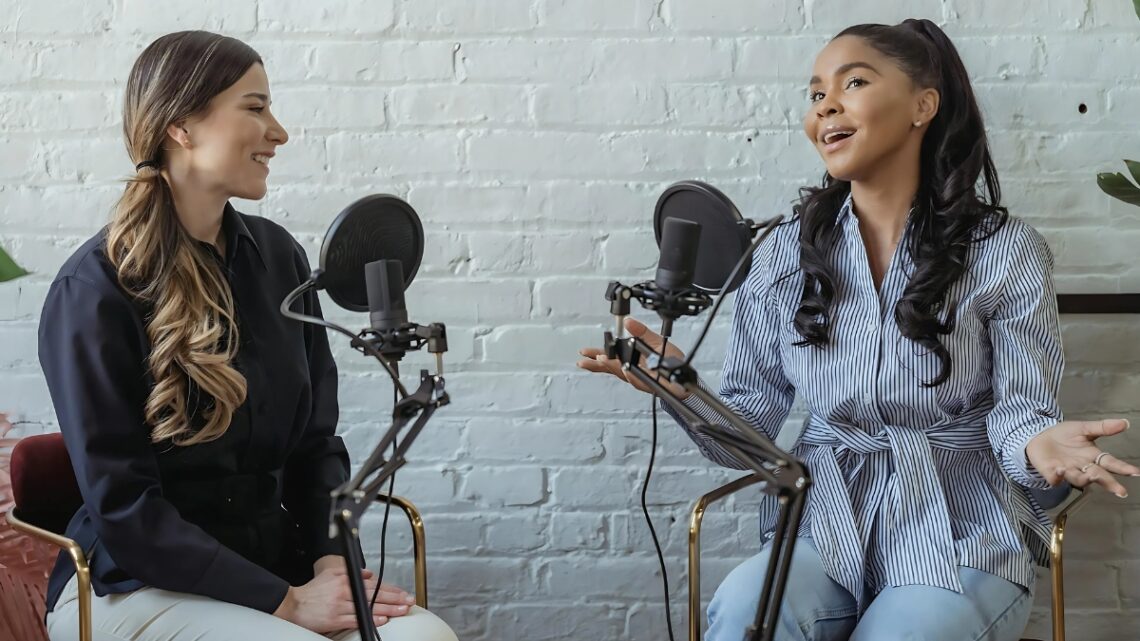
How to Launch a Podcast in 2025: A Complete Guide for Beginners
Did you know that 62% of Americans aged 12+ now listen to podcasts? With over 4.5 million active podcasts worldwide, there’s never been a better time to share your voice! Whether you’re passionate about true crime, business insights, or cooking tips, I’ll walk you through everything you need to know about launching your own successful podcast. Let’s turn your podcast dreams into reality!
Essential Equipment and Software for Podcasting
Here’s what I’ve learned about essential podcast equipment after years of experimenting and thousands of dollars spent (so you don’t have to make the same costly mistakes):
Let’s talk microphones first – they’re the heart of your podcast setup. For beginners, I absolutely swear by the Audio-Technica ATR2100x-USB ($99). This little powerhouse is actually what I started with after my laptop mic disaster, and it served me well for over two years. The best part? It’s both USB and XLR, so it’ll grow with you as your podcast evolves. If you’re on a tighter budget, the Samson Q2U ($69) is a solid alternative that’ll still give you professional-sounding audio.
For those ready to level up, I cannot recommend the Shure SM7B enough. Yes, it’s pricey at around $399, but there’s a reason why so many professional podcasters use it. The sound quality is just chef’s kiss. However – and this is super important – don’t buy this mic unless you’re also willing to invest in a good audio interface. I learned this the hard way when I first got mine and couldn’t figure out why it sounded so quiet!
Speaking of audio interfaces, here’s a nugget of wisdom: you don’t need anything fancy when you’re starting out. The Focusrite Scarlett Solo ($119) has been my trusty companion for years. It’s simple, reliable, and provides clean gain for most XLR microphones. Just make sure you get the 3rd generation version – the preamps are noticeably better than the older models.
For recording software, I started with Audacity because, well, it’s free! It’s still a fantastic option for beginners. However, after editing roughly 100 episodes with it, I finally bit the bullet and switched to Adobe Audition. The workflow is so much smoother, and the noise reduction features are incredible. But here’s the thing – Audacity can do 90% of what most podcasters need. Don’t feel pressured to pay for premium software until you’ve outgrown the free options.
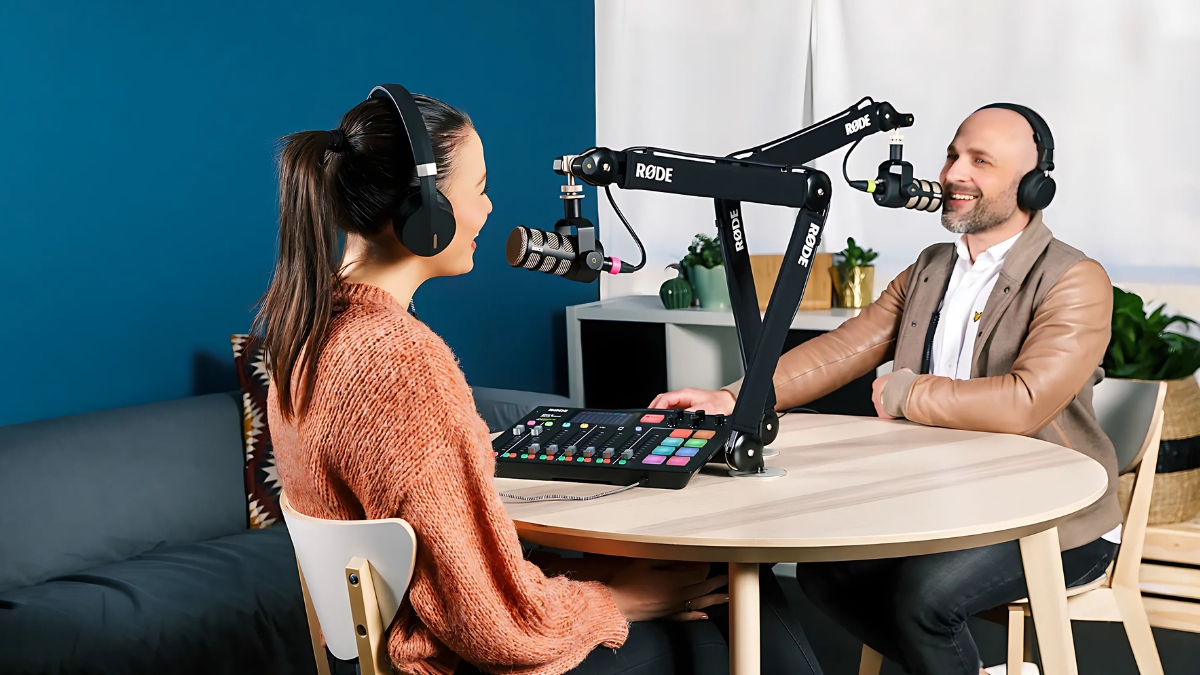
Now, let’s talk about those “little” accessories that make a huge difference. Get yourself a pop filter – seriously, no one wants to hear your plosives popping through their earbuds! I use the Stedman Proscreen XL ($39), but even a $10 generic one from Amazon will do the job. A boom arm is another game-changer. I started with a basic desk stand and kept knocking it over during recordings. A boom arm keeps your mic stable and frees up desk space.
For remote interviews, I’ve tried everything from Zoom to Squadcast to Zencastr. Currently, I’m loving Riverside.fm. The local recording feature has saved my bacon more times than I can count when internet connections got wonky. Plus, the separate audio tracks make editing so much easier.
One final piece of advice: invest in good headphones. They don’t have to be expensive – my Audio-Technica ATH-M40x ($99) have served me perfectly for years. The key is having a pair that lets you hear exactly what your listeners will hear. Trust me, recording a whole episode only to realize later that there was an annoying hum in the background is not a fun experience!
Remember, you can always upgrade your equipment as your podcast grows. The most important thing is starting with gear that’s good enough to produce clear, professional-sounding audio without breaking the bank. Focus on mastering the basics before diving into the fancy stuff!
Planning Your Podcast Strategy
Here’s what I’ve learned about creating a podcast strategy that actually works:
First up, your unique value proposition (UVP) is absolutely crucial. I like to use what I call the “cocktail party test.” If you can’t explain what makes your podcast special in the time it takes to order a drink, you need to refine your concept. For example, instead of just doing another marketing podcast, I eventually niched down to “helping small town businesses adapt to digital marketing.” Suddenly, everything clicked! Your UVP should answer the question: “Why should someone choose your podcast over the other 4.5 million options out there?”
Choosing your podcast name nearly drove me crazy – I literally had a spreadsheet with 50+ options! Here’s a practical tip: make sure your name is easy to spell and remember. I originally wanted to call my show “The Entrepreneurial Zeitgeist” (what was I thinking?!). Thank goodness a friend talked me out of it! Test your potential names by telling them to people over the phone. If they have to ask you to spell it, keep brainstorming.
Now, let’s talk about content planning – this is where the rubber meets the road. I learned the hard way that trying to “wing it” each week leads to stress and inconsistent quality. My current system involves a 12-week content calendar with clear themes for each month. For example, Quarter 1 might focus on beginner topics, Q2 on intermediate strategies, and so on. I use a simple Google Sheet with columns for episode number, topic, guest status, research links, and recording dates.
Episode length is something you’ll probably need to experiment with, but here’s what the data tells us: the average commute time in the US is 27.6 minutes. I’ve found that episodes around 25-30 minutes tend to perform best for my audience. People can listen during their commute and feel like they’ve completed something. Whatever length you choose, be consistent. My listeners know they can expect a 27-minute episode every time.
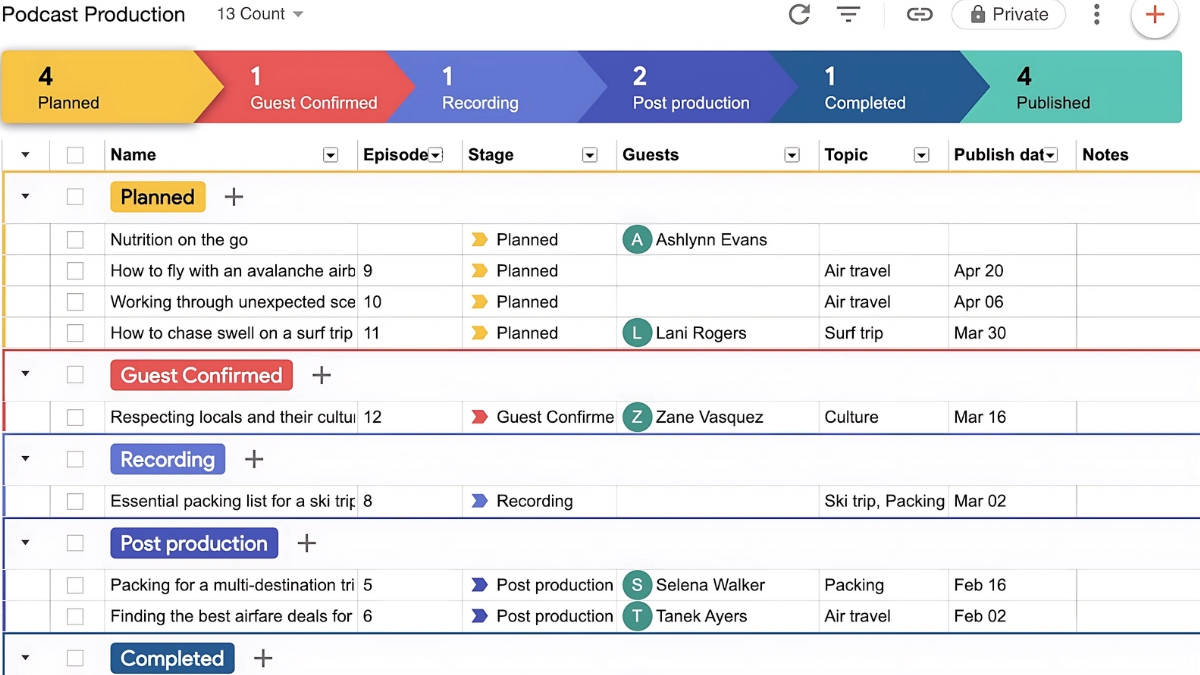
For release frequency, start with what you can sustain long-term. I initially tried doing three episodes per week (what was I thinking?!) and burned out after a month. Now I do one solid episode per week, and it’s much more manageable. Pro tip: build a buffer of 4-5 episodes before you launch. You’ll thank yourself when life inevitably throws you a curveball!
Regarding brand identity, this goes way beyond just your logo. I spent about two weeks defining my podcast’s personality. Is it professional or casual? Serious or humorous? Educational or entertaining? These decisions influence everything from your intro music to your episode descriptions. For artwork, I learned that simple is better – your cover art needs to be recognizable even as a tiny thumbnail in podcast apps.
Here’s a mistake I made that you can avoid: I initially created beautiful but complex artwork with small text. It looked great on my computer but was completely unreadable on phones. Now I stick to a maximum of 3-4 words in the cover art, using bold, clean fonts that pop even at small sizes.
Remember, your podcast strategy isn’t set in stone. My show has evolved significantly based on listener feedback and download metrics. The key is starting with a clear direction while remaining flexible enough to adapt. Your first few episodes probably won’t be perfect – mine certainly weren’t! But having a solid strategy helps you improve consistently over time.
The most important thing? Don’t let planning paralysis stop you from starting. You can adjust your strategy as you go along. What matters is taking that first step with a well-thought-out plan that you can actually execute.
Recording and Editing Your First Episodes
Let’s talk about creating a proper recording space. You don’t need a professional studio – I actually record in my spare bedroom now. The key is controlling sound reflections. After much trial and error, I’ve found that soft surfaces are your best friends. I hung moving blankets on the walls (about $20 each at U-Haul), put a thick rug on the floor, and positioned myself away from windows. The difference is like night and day! One super budget-friendly hack: recording under a blanket fort actually works surprisingly well. Just watch out for sweating during long sessions!
For solo recordings, here’s my golden rule: record about 6-8 inches away from the microphone, slightly off-axis (that means talking across the mic rather than directly into it). I learned this after countless episodes where my ‘p’ and ‘b’ sounds were popping like crazy. Also, always do a quick 30-second test recording before every episode. Nothing’s worse than recording for an hour only to realize your mic was set to the wrong input!
Interview recordings are a whole different ball game. I always send my guests a recording checklist 48 hours before our session. Here’s what’s on it:
- Use wired headphones (Bluetooth can cause weird delays)
- Close all unnecessary browser tabs and apps
- Find a quiet room with minimal echo
- Do a quick test recording
- Have water nearby (dry mouth makes editing a nightmare!)
Now, let’s dive into editing – this is where the magic happens! I spent way too long trying to make everything perfect in my early episodes. These days, I follow the “restaurant rule”: if it wouldn’t bother you while eating at a restaurant, it probably doesn’t need editing. Background noise below 40dB? Leave it. Slight um or ah? Probably fine. But definitely remove any loud sudden noises, long pauses, or major mistakes.
For music and sound effects, please, please don’t just grab something from YouTube! I learned this lesson the hard way when I got a copyright strike on my third episode. Now I use Epidemic Sound for background music ($15/month) and Freesound.org for effects. Always check the licensing terms – some require attribution in your show notes.
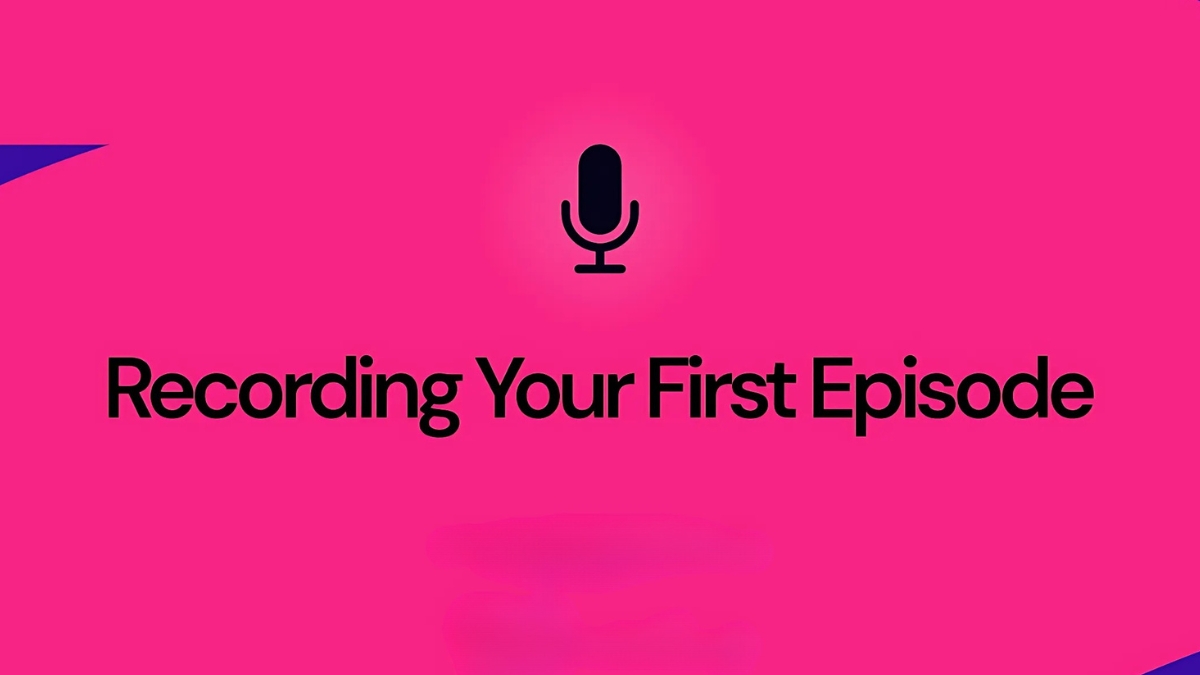
Here’s my pre-publishing checklist that I wish I had when starting out:
- Levels consistently between -18dB and -14dB (peak around -12dB)
- No sudden volume spikes over -12dB
- Intro and outro music balanced with voice
- All tracks exported in mono at 44.1kHz, 16-bit (standard podcast format)
- MP3 format at 128kbps (optimal balance of quality and file size)
- File properly tagged with episode information
- Listen to the entire episode with cheap earbuds (how most people will hear it)
One thing that really improved my workflow was creating templates in my editing software. I have my intro, outro, and standard effects already positioned – it saves about 30 minutes per episode! And always keep your raw recordings until the episode is published. I once had to re-edit an entire episode because my export settings were wrong, and thank goodness I had the original!
Remember, perfect is the enemy of done. Your early episodes won’t sound as polished as your favorites from major networks – and that’s okay! Focus on creating valuable content with good-enough audio quality. You can always upgrade your skills and equipment as you go along.
Quick pro tip: if you’re recording on a laptop, turn off your WiFi during recording. I once lost half an interview because Windows decided it was the perfect time to do updates. Never again!
Choosing the Right Hosting Platform
I’ll admit – I totally messed up my first podcast hosting decision. I went with the cheapest option I could find, only to realize three months in that they didn’t support multiple devices and had terrible customer service. What a headache that was to migrate everything! Let me save you from making the same mistakes.
When it comes to podcast hosting platforms, I’ve personally tested most of the major players. Buzzsprout became my go-to after trying five different services. Their analytics are super detailed (I’m a data nerd!), and the interface is actually enjoyable to use. But here’s the thing – your needs might be different from mine. Let me break down what I’ve learned about choosing a host.
First, let’s talk pricing and storage. Most new podcasters assume they need unlimited storage right away – I know I did! But here’s the reality: a typical 30-minute episode at high quality is about 30MB. Even if you’re releasing weekly, that’s only about 1.5GB per year. Most hosting plans start around $12-19/month for more storage than you’ll likely need in your first year. I started with Buzzsprout’s $12 plan and honestly didn’t need to upgrade for almost two years.
Here’s a quick cost breakdown of the major players (as of 2024):
- Buzzsprout: $12/month for 3 hours of upload time
- Libsyn: $5-15/month depending on storage needs
- Podbean: $14/month for unlimited audio
- Transistor: $19/month for unlimited shows
- Anchor: Free (but with limitations)
Speaking of Anchor – yes, it’s free, and yes, that’s tempting. I used it for my first podcast. While it’s great for hobbyists, I found its analytics lacking and had issues with RSS feed control. Sometimes free ends up being expensive in terms of time and frustration!
The RSS feed is basically your podcast’s DNA – it’s what tells different platforms where to find your episodes. One thing I learned the hard way: make sure your host gives you full control over your RSS feed. When I tried to move from my first host, I discovered I didn’t actually own my feed! Now I make sure I have complete control over my RSS feed settings and redirects.
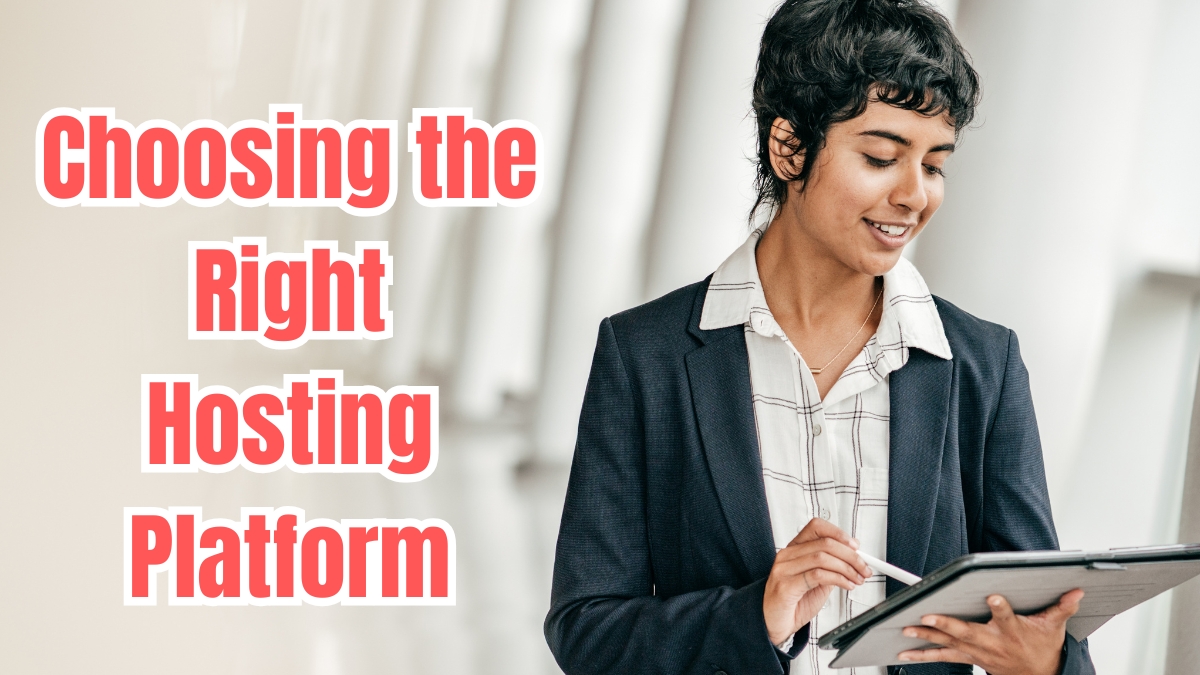
Distribution is another crucial factor. Most major hosts now offer one-click distribution to Apple Podcasts, Spotify, Google Podcasts, and others. But here’s what many people don’t tell you – the submission process can take anywhere from 24 hours to 2 weeks for approval. Plan accordingly! I actually missed my planned launch date because I didn’t factor in Apple’s review time.
Let’s talk analytics because this is where hosts really differ. Basic download numbers aren’t enough anymore. I love being able to see:
- Listener retention (where people stop listening)
- Geographic distribution
- Device and app preferences
- Peak listening times
- Episode comparisons
One feature I absolutely insist on now is IAB certification for analytics. This means the numbers are verified and standardized – super important if you’re planning to monetize eventually. I learned this lesson when trying to work with sponsors and they wouldn’t accept my previous host’s numbers!
Storage requirements can be tricky to calculate. Here’s my formula: (Episodes per month) x (Average length in minutes) x (1MB per minute) x (12 months) = Yearly storage needs. Add 20% buffer for safety. I use this to make sure I’m not overpaying for storage I won’t use.
A word about migration: if you ever need to switch hosts, look for platforms that offer free migration assistance. When I switched to Buzzsprout, they helped transfer all my episodes and maintained my download statistics – this saved me hours of work and stress.
Remember, your hosting platform is the foundation of your podcast. While you can change hosts later (I did!), it’s much easier to make the right choice from the start. Focus on finding a balance between features you need now and room to grow later. And please, please read the fine print about bandwidth limits and overage charges – those sneaky fees caught me off guard more than once!
Marketing Your Podcast for Growth
I remember launching my podcast thinking “if you build it, they will come!” Boy, was I wrong. After two months of crickets, I realized I needed a real marketing strategy. Let me share what actually worked after lots of trial and error (and some embarrassing social media fails).
First, the launch strategy. I call this the “Netflix drop” approach. Here’s what worked for me: Instead of launching with just one episode, I released three episodes on launch day. Why? Because I noticed when I found a new podcast with multiple episodes, I was more likely to subscribe. Plus, it gives listeners a better feel for your show. I spent about 6 weeks preparing these episodes, and honestly, having that buffer reduced my stress levels significantly!
Social media was my biggest learning curve. I initially tried to be everywhere – Instagram, Twitter, Facebook, LinkedIn, TikTok. Big mistake! I was spreading myself too thin and doing a mediocre job everywhere. Now I focus primarily on two platforms where my audience actually hangs out. Pro tip: Create audiograms (those cool wave-form videos with captions) of your best clips. I use Headliner for this, and these short snippets consistently outperform regular posts.
The biggest game-changer for my podcast growth? Having a website and email list from day one. I almost skipped this step (thinking “who’s going to sign up?”), but my website has become central to everything. I use it to post show notes, transcripts, and resources mentioned in episodes. Google actually picks these up, bringing in new listeners through search! For the email list, I created a simple “Top 10 Episodes Guide” as a lead magnet. It’s not fancy, but it works – I’m now at 2,300 subscribers who get notified about every new episode.
Networking with other podcasters has been absolutely crucial. But here’s what nobody tells you – don’t start by reaching out to the big names in your niche. I made this mistake and got zero responses. Instead, find podcasts that are slightly bigger than yours. I look for shows with similar download numbers (usually within 1,000-2,000 of mine) and reach out personally. One genuine connection led to three guest appearances, which brought in more new listeners than all my social media efforts combined!
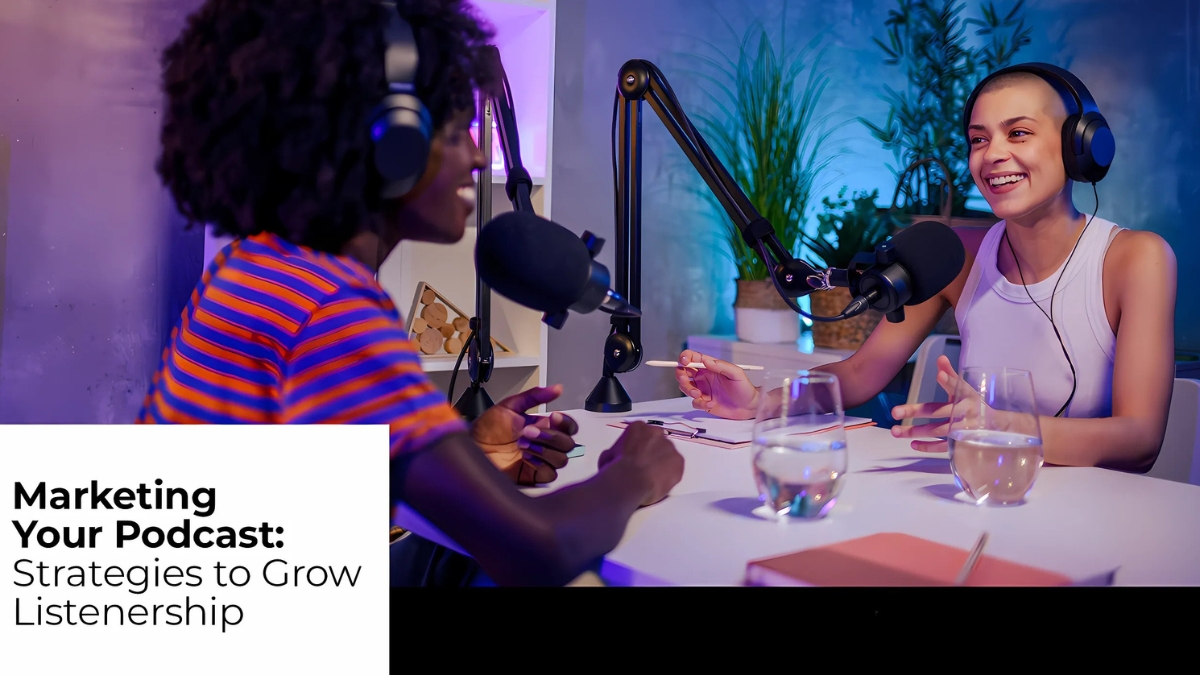
Speaking of guest appearances, this strategy needs a systematic approach. I created what I call my “guest pitch blueprint” after bombing my first few attempts. Here’s what works:
- Listen to at least 2-3 episodes of their show
- Reference specific moments you enjoyed
- Pitch 3 unique topic ideas that their audience would love
- Include your own download numbers and audience demographics
- Attach a one-page PDF with your bio and headshot
The most effective growth hack I’ve discovered? Cross-promotion with other podcasts in complementary (not competing) niches. For example, my digital marketing podcast did a cross-promotion with a small business accounting podcast. We each created a special promo spot featuring a unique insight for each other’s audiences. Our downloads increased by 24% that month!
One thing I wish someone had told me earlier: create shareable content. In every episode, I now include what I call a “clip moment” – a 2-3 minute segment that’s especially valuable and easy to share. My listeners often share these clips on their social media, expanding our reach organically.
Don’t forget about podcast reviews! I used to be shy about asking for reviews, but I’ve found a way that works. Instead of a generic “please leave a review” message, I share how reviews helped me discover my favorite podcasts. This personal approach increased our review rate by 300%!
Here’s my biggest marketing failure that turned into success: I tried running paid ads on Facebook and wasted $500 with minimal results. Now I focus on building genuine relationships with my listeners through consistent engagement. I respond to every email and social media comment, and these loyal listeners have become my best marketers, sharing episodes with their networks.
Remember, podcast marketing is a marathon, not a sprint. Focus on building genuine connections and providing value consistently. The growth might be slower than you’d like (trust me, I know!), but it’s much more sustainable this way.
Monetization Strategies for Your Podcast
First things first – the magic listener number. Everyone asks me “How many downloads do I need before monetizing?” While many people say you need 10,000 downloads per episode, I’ve found there’s actually a better metric: engagement. I started making real money with just 2,000 highly engaged listeners who trusted my recommendations. That trust took about six months to build, but it was worth the wait!
Let’s talk sponsorships because this is where I really learned some hard lessons. My first sponsor offered me $15 CPM (cost per thousand listeners), which I thought was great until I realized most podcasts in my niche were getting $25-35 CPM. Now I use a simple formula for pricing: (Downloads per episode × CPM rate) ÷ 1000. For example, with 5,000 downloads and $25 CPM, each episode could earn $125. Pro tip: Always negotiate! My current sponsors initially offered much lower rates.
Here’s something nobody told me about sponsorships: custom affiliate codes can actually earn more than flat-rate sponsorships. I now prefer affiliate deals with higher commission rates over one-time payments. My best-performing affiliate promotion earned $2,300 in one month – way more than the $400 flat rate they initially offered!
Patreon was a game-changer for my podcast, but not in the way I expected. Initially, I offered basic extras like behind-the-scenes content and early access. They flopped. Then I started doing monthly live Q&A sessions and providing downloadable resources – suddenly my Patreon grew to 180 members! The key was offering something that genuinely helped my listeners solve problems.
But here’s where it gets interesting – my biggest revenue stream isn’t actually from sponsors or Patreon. It’s from creating additional products based on listener needs. I noticed my audience kept asking similar questions, so I created a detailed online course. That course now generates more monthly revenue than all my sponsorships combined! The podcast essentially became my marketing channel for higher-ticket offerings.
Let’s talk about metrics because this is crucial for landing good sponsors. These are the numbers that actually matter:
- Unique listeners (not just downloads)
- Average consumption rate (how much of each episode people actually listen to)
- Listener demographics
- Geographic distribution
- Episode completion rates
I learned to track these using Chartable (worth every penny of the $20/month). When I can show sponsors that 78% of my listeners complete each episode, it justifies higher rates.
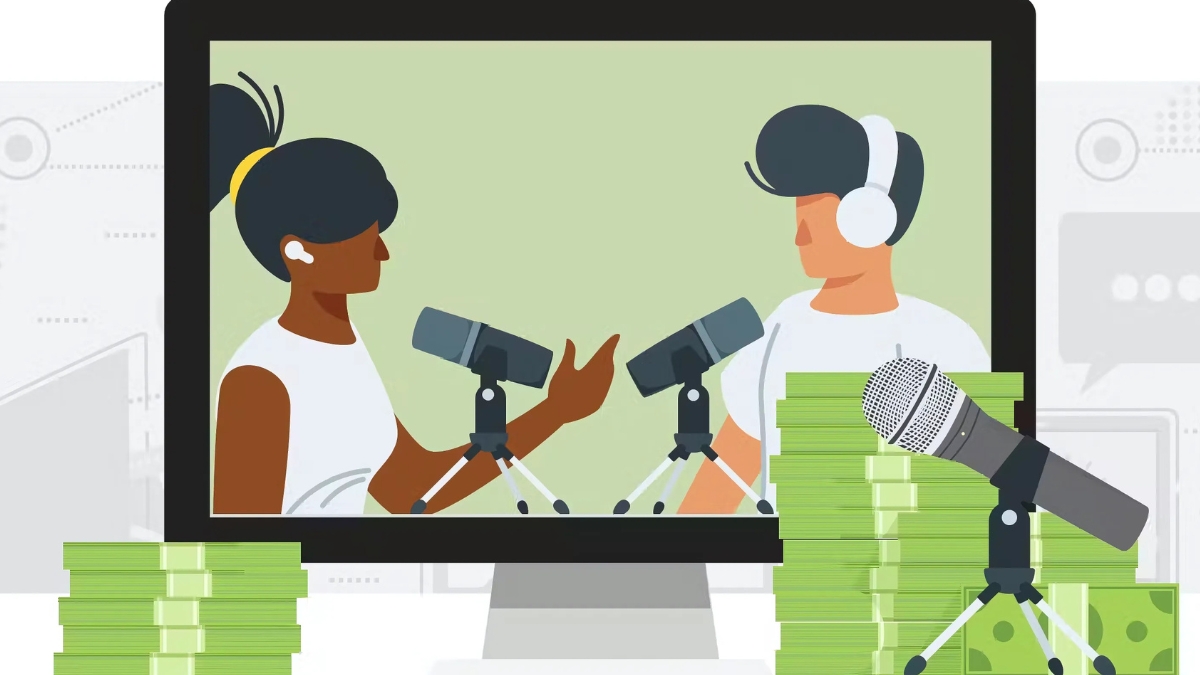
One monetization strategy I wish I’d started earlier: merchandise! But not just any merch – I surveyed my audience first. Turns out they didn’t want t-shirts with my logo (thank goodness, because I’d already designed them). Instead, they wanted practical items related to my content. The productivity journals I created based on their feedback sold out in two weeks!
Here’s my current revenue breakdown:
- Sponsorships: 35%
- Online course: 30%
- Patreon: 20%
- Affiliate marketing: 10%
- Merchandise: 5%
The biggest lesson? Diversification is key. Don’t put all your eggs in the sponsorship basket. Focus on building multiple revenue streams that make sense for your audience. And most importantly, never promote anything you wouldn’t personally recommend to a friend – your audience’s trust is worth more than any sponsorship deal.
Remember, monetization is a long game. Focus first on creating incredible value for your listeners. The money will follow when you’ve built a community that trusts your recommendations and values your content.
Launching a podcast might seem overwhelming at first, but with the right tools and strategy, you can create a show that resonates with your audience and achieves your goals. Remember, every successful podcaster started exactly where you are now. Take action today by selecting your equipment and planning your first episodes. Your future listeners are waiting!





